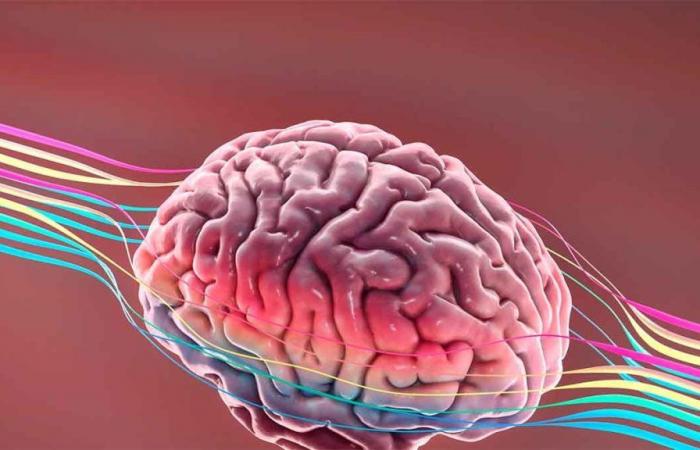
A geneticist reveals how to acquire intelligence and explains at what age “neural pruning” occurs.
How do we learn? How does a teenager think? What is the best age to start learning a second language? Why are music, art and physical education so important? These are all questions that scientist and professor of genetics at the University of Barcelona, David Bueno, answers in a talk at BBVA’s Aprendemos Juntos 2030 series.
“We have about two hundred trillion connections in the brain. Anything we learn alters some of these. And it is in this pattern of connections where we store memory. Therefore, learning is changing our brain.”, the expert points out.
What is your opinion of the current educational system, in which the visual arts, music and education are becoming less and less important? Concise and forceful, you summarise your opinion in one word: horrible. “These are the most transversal learnings there are; both in primary and secondary school, but especially in primary school, the rest of the subjects should be built on top of music, visual arts and physical education,” you describe.
The specialist bases his statements by stating that, for example, physical exercise makes the neurons in the brain more easily able to establish connections between them. In this way, exercising makes it possible to later learn anything else much more easily than if you have not done physical exercise. And the same thing – he adds – happens with music; an activity that he classifies as “brain gymnastics” since listening to music is one of the few activities that has the power to activate the entire brain simultaneously.
Asked by one of those present whether it is possible to train intelligence, Bueno suggests that any mental capacity has a part that comes from biology and another part that is worked on through education. There are people who are more creative and others who are less so, people who are a little more intelligent and others who are not so much… the geneticist illustrates this in the following way: “It is like a sculptor who has his clay to do whatever he wants. If he has more, he will make a bigger sculpture. If he has less, he will make it smaller. But education is the ability to mould this clay. You can have little clay and make a beautiful sculpture. And have a lot and the result will be terrible.”
As a result of educational incongruence, students remain uneven and can easily become frustrated when comparing themselves with their peers and this can lead to self-esteem problems. An alternative that we recommend taking into account to counteract the aforementioned is to change the labels. “Everyone is good because everyone can improve. The label we should put on ourselves, starting with ourselves, and therefore take it to our students is: ‘we are people who can improve,’” he says.
Breaking point
Adolescence is a time of brutal change and those who understand themselves the least are teenagers. “They go from being children and depending on their parents for everything to being young people, adults, who are going to make life on their own. That’s an impressive maturation process for the brain. There is a lot going on here,” she reveals. During puberty, what Bueno calls “neural pruning” occurs in which the brain analyzes all those connections that it does not use and eliminates them.
Is adolescence the best age to start with a new language? No, since – as she explains – any age is good to start with a new language. “In fact, being bilingual or polyglot is a protection against Alzheimer’s during old age. Therefore, any age is good to start learning another language. What changes is the way, how we learn that language,” she reports.
He explains that, up to the age of three or four, the brain has activated genetic and neurological programs that allow it to learn languages only through contagion. “Nobody teaches a two-year-old or one-year-old boy or girl to speak, but rather they learn through imitation, through contagion. At most, we correct some sound that they do not make well,” he explains.
From the age of four, this possibility of contagion ends and from that age until eleven or twelve, learning a language involves playing: learning by singing, dancing and being playful.
“Generally speaking, there are no ages, there are only different strategies. No one should be afraid of learning many languages because they protect against neurodegenerative diseases, but it has also been seen that people who are bilingual, or more so, polyglots, find it easier to make decisions.”he points out. According to him, monolingual people are not slower in making decisions, but rather they are less likely to make the right ones.

